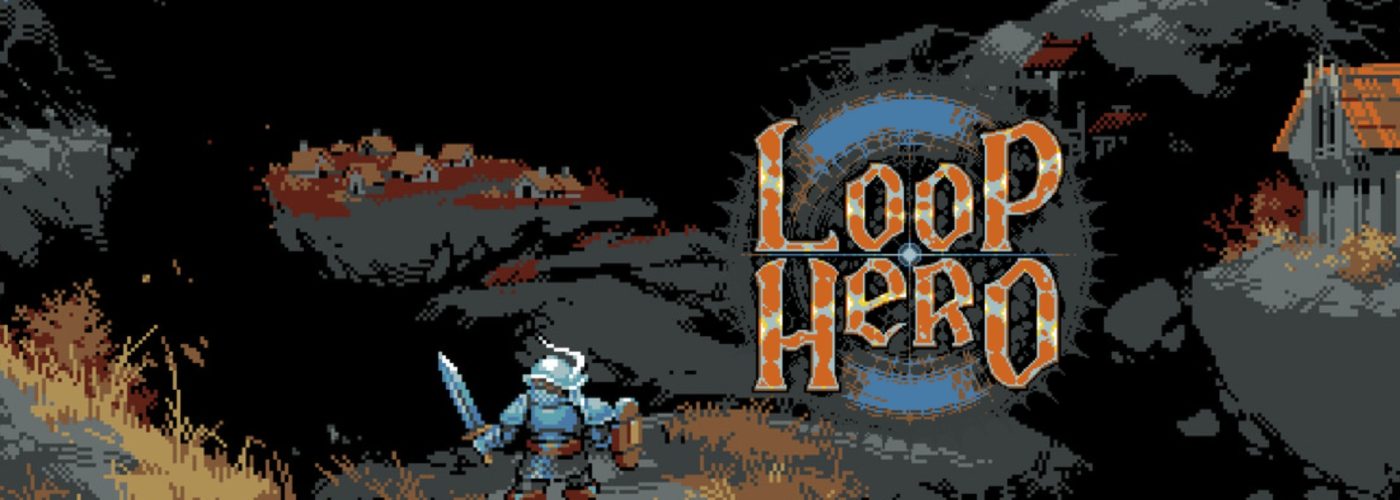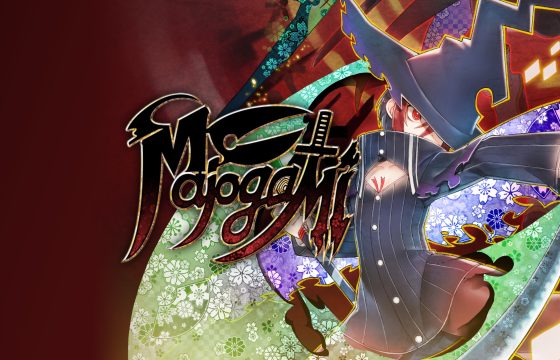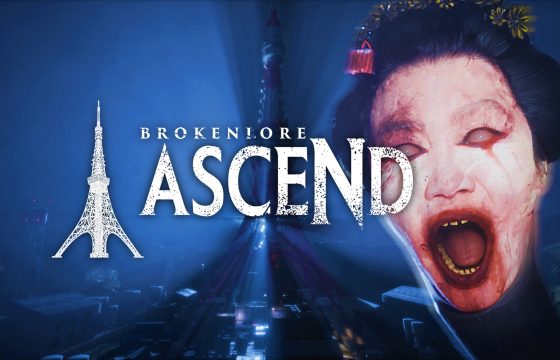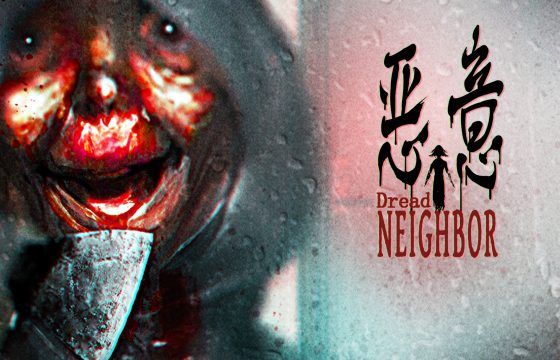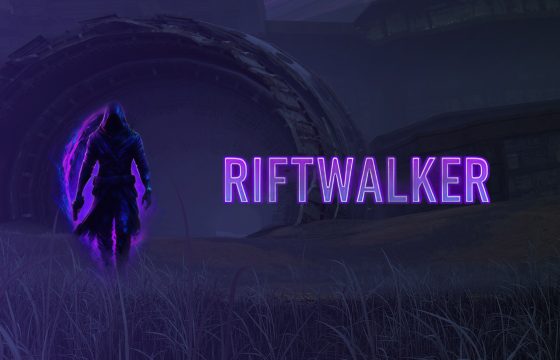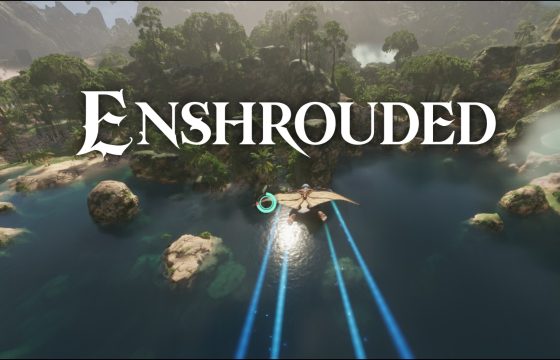Loop Hero is a captivating 2D roguelike, created in a simple yet polished pixelated graphics style. The genre it belongs to imposes a high level of difficulty and a slow learning curve. With a bit of patience and time, even a novice of roguelikes can succeed in overcoming this challenging title.
Developed by the Russian indie studio Four Quarters and published by Devolver Digital, Loop Hero made its debut on March 4, 2021, for PC, then on December 9, 2021, for Nintendo Switch. It was later released on April 4, 2023, for Xbox One and Series S/X, and finally even for Android and iOS on April 30, 2024. It fully fits into the roguelike category, embodying all its characteristics. Wrapped in a majestic, extremely dark pixel art and accompanied by a haunting, captivating, and atmospheric soundtrack, it promises hours of tears, sweat, and ultimately triumphant smiles.

Piece by piece
In Loop Hero, we control a warrior who miraculously and mysteriously survived a cataclysm of biblical proportions. The entire world has been erased and plunged into darkness. The last thing remembered is the appearance of what seems to be a lich, the suspected culprit of the apocalypse. We find ourselves in a disturbing unknown place. We remember nothing, only that something terrible happened. By taking the first steps and defeating the first enemies, we begin to remember… and that’s where things get interesting.The game map in Loop Hero is randomly generated for each playthrough. It always takes on various forms, with the common denominator being a closed and circular path. A loop, indeed. Immersed in total darkness. By clearing the path of enemies that emerge from the shadows periodically, we acquire memories in the form of cards.
Let me explain further. We can obtain landscape and structure cards that we must manually place on the map, in spaces shrouded in darkness or adjacent to the path. These are nothing but the memories of the monsters we have vanquished, they recall what surrounded us before the apocalypse. Therefore, we discover that, piece by piece, we are able to dissipate the darkness and restore the lands swallowed by the cataclysm. But, as I mentioned before, it is up to us to decide where to place these patches of land. Yes, you guessed it: this is one of the main mechanics of the game. And yes, it is quite complex, enough to deserve its own paragraph.

Tactics, adaptation, and planning
I’ll start by specifying that movement and combat in Loop Hero are completely automatic. We cannot influence the outcome of a battle in any way, except by optimizing our character’s equipment and passive skills and praying to Lady Luck. Nor can we choose to retrace our steps or avoid an enemy. Our tactical prowess manifests elsewhere. In fact, the placement of the lands we gain from defeated enemies has various effects on gameplay. It’s not always intrinsically beneficial. For example, by placing nine mountains or rocks in a 3×3 arrangement, we will form a peak that drastically increases our maximum health. But we also allow harpies to settle there and therefore appear on the map as new enemies. Some lands have effects only if placed near specific others, others influence the appearance and number of monsters.
Some lands seem disadvantageous, but it’s not always a bad thing to have more opponents around the map… it means experience, materials, and equipment. A bar at the top left that shows the progression of the day marks the passage of time, filling in as our character advances and fights. Many events (such as the appearance of monsters or the obtaining of bonuses) base their timing on this system. For example, by placing graveyards, we will make skeletons rise every three days. Others happen at every loop and passage in the camp, where we will have the chance to recover valuable health points and safely return keeping all the materials collected if we wish. Already from here, the strong strategic component of Loop Hero is clear. We have no way to influence which lands we will get, it all revolves around tactics and adaptation.

The Loop shows no mercy
At every death, end of the level, or retreat, we will lose our equipment. We can only carry the collected materials with us, which in the case of death will be reduced by 70%. The only way to compel the end-level boss to confront us is by placing a certain number of lands. At first glance, we may think it’s wise to delay this moment as long as possible… But with each loop, the enemies become more powerful and numerous, although they also grant better equipment. Our inventory is quite small, each new equipped item destroys the previous one. Once the inventory is full, the excess items will automatically be converted into resources, although we can “lock” the ones we want to keep. There are very limited means to remove a land or structure, and they are not easy to obtain.
You can see how punishing Loop Hero can be for mistakes caused by haste or wrong strategy. The materials are used to improve the base camp, where we go once dead or returned from exploration. Here, other survivors will join us, offering services and bonuses. Improvements are often costly and require numerous successful explorations to complete. The enemies, initially barely able to defend themselves, will become death machines after a few loops. So what to do? Bring out as many monsters as possible to quickly accumulate experience and equipment, or play cautiously, but risk ending up much weaker than our opponents after a few loops? The truth is, there is no answer. The strategy must be devised game by game, depending on what Fate has decided for us. We must make the most of every mistake and manage to turn it against the game.
A beautifully pixelated nightmare
Now, I want to talk about a concept that is dear to me, being a hopeless nostalgic: pixel art. In Loop Hero, it reaches extremely high levels, perfectly creating an extremely dark, suffocating, and heavy atmosphere. The sprites of characters and enemies are of excellent quality, unsettling just right and fully in line with the environment. Even the colors reflect the dreamlike anguish of the world we are immersed in, almost entirely obscured by darkness. Alive but paradoxically dull, they convey a sense that there is something terribly wrong about our surroundings. This beauty is accompanied by a phenomenal soundtrack, reminiscent of several 90s RPGs and capable of eliciting involuntary smiles in many players. The music adapts well to the different scenarios in which we are playing. It switches from slow, rhythmic, atmospheric tracks to more anxious and frantic ones, never losing their dark and dreamlike signature.
At times, it reminded me of Scarlet Tower, which we reviewed here before. There is a good variety of monsters and sprites in the game, and it is during the dialogue sequences that we can fully admire their details. The story, although not extremely original or particularly rich in twists, progresses along a fairly convincing line that drives us to continue. Perhaps it conveys the feeling that it is just a backdrop to justify the continuous explorations. However, being a roguelike, this is justifiable and we won’t feel the weight of it, distracted by much more pressing matters. In general, the artistic and musical component of the title gracefully accompanies us during our hours of gameplay, never being repetitive or superfluous.

Just one more game…
Loop Hero is one of those titles capable of stealing time without the player realizing it. Driven by determination, curiosity, and even frustration, we will always be tempted to start a new exploration, which could turn out to be a success or end within a few minutes. Despite the wide variety of situations, enemies, and builds that can be devised, the game inevitably begins to fall into repetitiveness after some hours. Coupled with the high number of materials required to improve the camp and access bonuses that will allow us to face the more advanced levels, it leads many players to abandon the title prematurely. Furthermore, the outcome of many games is determined by luck, but this is a factor we must come to terms with each time we delve into a roguelike.
Thankfully, there are welcomed settings to increase the speed of battles and exploration. Very useful after becoming familiar with the mechanics. And it’s a shame not to continue in Loop Hero. Most of the content is not accessible during the early stages of the game. Much is unlocked by emerging victorious from the more advanced levels and by enhancing the camp. Initially, we will have only one class available, the warrior, but we will unlock two more by playing. The phenomenal pixel art, the charm of the setting, and the curiosity to discover what the developers have in store for us are sufficient to serve as a driving force to overcome inherent repetitiveness. The longevity, on the other hand, amounts to 30-40 hours, an astonishing value, destined to increase drastically for players who intend to explore every secret of the game.

Let yourself be captured by the Loop
Some may feel discouraged by what is exposed in the review. Yet, Loop Hero is capable of casting a fascinating spell on almost anyone who gives it a try. Be it for the pixel art, the captivating challenge, or the soundtrack… This game demands a place in your heart. For nostalgics or fans of dark fantasy, there is no excuse; they absolutely must try it. Despite a few flaws, I have come to appreciate a polished and well-crafted title, free of bugs and imperfections, and above all, deep and intriguing. I will definitely pour many more hours into the creation of Four Quarters. Highly recommended.
Loop Hero, the review: a cycle of chaos and anguish
PRO
- Captivating pixel art and soundtrack
- Nostalgic and anguishing
- Deep growth system
- Impossible to play a game identical to the previous one
- Addictive
- Extremely challenging, strategic, and tactical…
CON
- … and therefore not suitable for many
- Tends to become repetitive
- Improvements to the base camp can sometimes be way too costly

